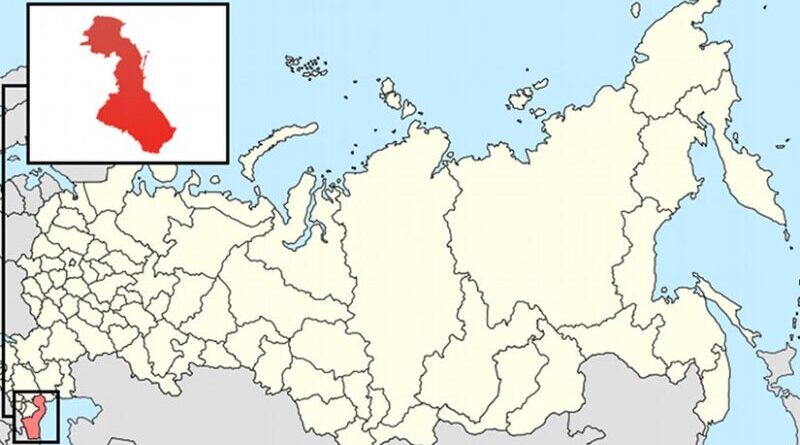Daghestan And KBR Now Main Hotspots In North Caucasus
By Paul Goble
Because of the problems involved with data on the Russian government’s fight with militants in the republics of the North Caucasus, few commentators are prepared to sum and then disaggregate the numbers, thus either over-reacting to particular reports and failing to acknowledge just how variegated the region is.
A happy exception to this is the effort of the Kavkaz-Uzel.ru news agency, which published detailed and carefully sourced data on clashes between Russian forces and the militants over the past year showing that security is improving in some republics even as it is deteriorating in others (www.kavkaz-uzel.ru/articles/181243/).
According to this news agency, which has its own independent sources, “military actions in the North Caucasus have ever more shifted from Chechnya and Ingushetia to other republics of the South of Russia,” a pattern that means it is not appropriate “to speak about the worsening of the situation in the North Caucasus as a whole.”
Over the past year, the agency says, there has been “a positive trend” in Chechnya and Ingushetia,” two republics which featured far more violence in the past than now, “but at the same time, the situation in Daghestan and Kabardino-Balkaria has become much worse” than it was.
For the North Caucasus as a whole, the number of terrorist acts and their victims increased, with 238 explosions and 15 suicide bombings, nine attacks and one terrorist act more than in 2009. Measured another way, the agency said, more people suffered in 2010 than a year earlier, with 151 killed and 656 wounded, compared to 92 killed and 332 wounded.
But those summary findings hide a major shift, Kavkaz-Uzel said. The number of explosions and terrorist actions increased 350 percent in KBR and 168 percent in Daghestan while they fell by 61 percent in Chechnya and 47 percent in Ingushetia, the two most notorious hotspots in the past.
Kabardino-Balkaria, “which over the course of 2010” became the hottest of the hot spots in the North Caucasus, saw an increase in the number of terrorist explosions of more than 300 percent. Moreover, there was a suicide bombing, a kind of attack that had not been reported at all in2009.
In Daghestan, the rate of increase was less, Kavkaz-Uzel reported. There were 112 explosions in 2010 compared to 69 in 2009, but the number of suicide bombings rose from one to six, making that eastern republic the leader in that kind of terrorist action in the North Caucasus as a whole.
In Ingushetia and Chechnya, in contrast, the number of explosions fell from 86 to 40 and 62 to 39 respectively, and the number of suicide attacks fell from four to two and from nine to four. The Kavkaz-Uzel article also provides a tabular listing of these actions in all the republics of the North Caucasus as well as a listing of all suicide bombings during the last year.

